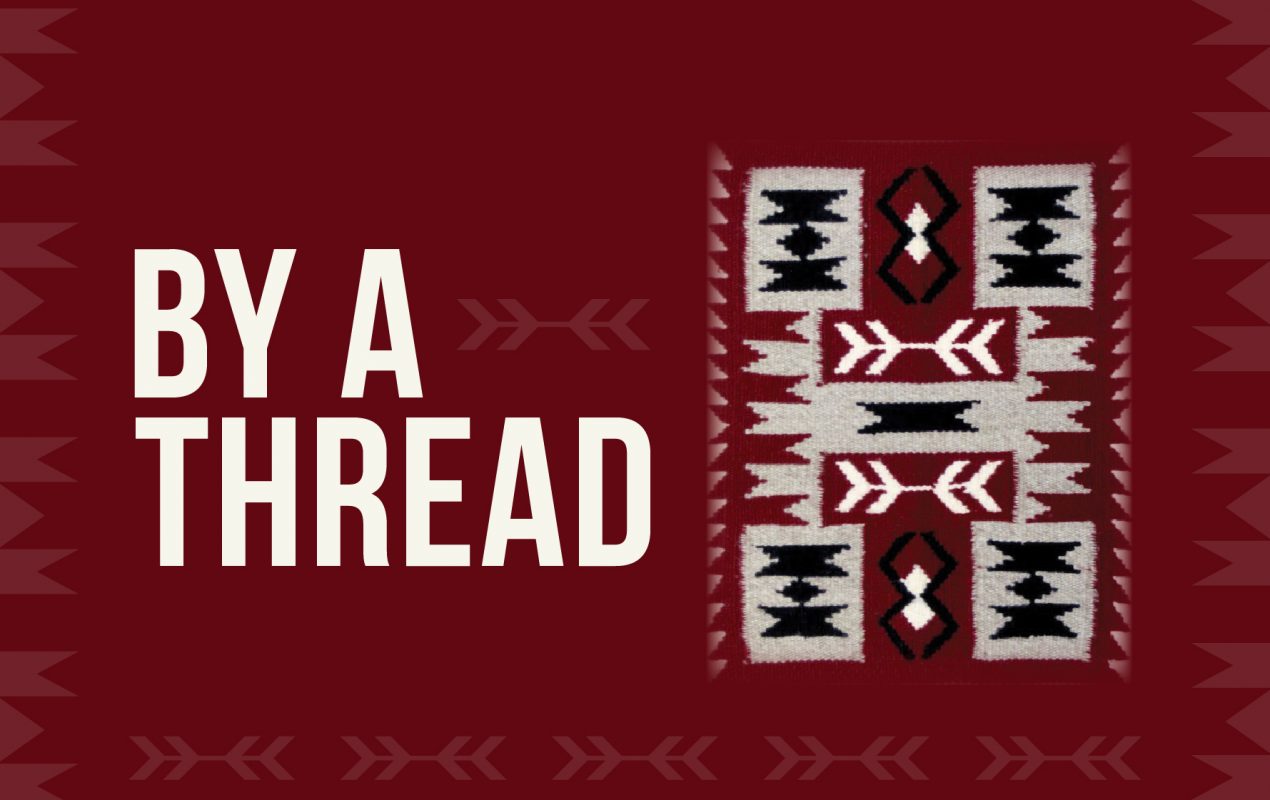The indigenous people of the American Southwest – the Dinhe’ – known to the English speaking world as Navajo, are famous for their high-quality and beautiful handcrafted wool rugs. People spend hundreds or thousands of dollars to own one.
But wisdom from this tradition has taught the Navajo to sew one small thread out of place into each rug’s pattern; thereby, working into the design a deliberate mistake. By including a flaw, Navajo acknowledge through the honesty of their art that even the most beautiful work is imperfect.
Life itself is an art, and the best artists know that every journey requires movement and motion. In yoga terms, our life could be viewed as an asana in which movement into time is beset with flaws and missteps. If yogis take this notion to heart, they will acknowledge, accept, and include their flaws as a necessary part of the beautiful mosaic their lives create.
Many come to yoga with their lives hanging on by a thread and their coping skills stretched to the max. Perhaps it’s the businessman or businesswoman burned out by economic demands and inflatable obstacle course stresses. Maybe another person arrives yoga with a broken heart, or someone else is tired of the fast pace of urban living, or fatigued with the demands of social media. In all these cases, yoga’s healing patterns in silence, in movement, or in stillness welcomes the flawed life into its creation.
This is why Pantanjali’s Yoga Sutras (threads) have become must reading and study for the modern yogi. At a basic level, all of us can commit two or three of Pantanjali’s threads to memory. We can put the sutras to work for us when we’re on the mat, and use them in binding our brokenness off the mat.
The noun thread is defined as “a fine shard of twisted fibres.” It’s not a stretch to see the link between this definition of thread and the work of our muscles in asana, as the muscle is actually made up of many fine threads bundled together. One popular yoga anatomy book notes:
The skeletal muscle tissue we see with the naked eye is made up of bundles of fascicles. The fascicles are made up of bundles of muscle fibers, which are the actual muscle cells. Inside the muscle cells are bundles of myofibrils (Kaminoff, p. 56).
Thread also comes from the Old English braed, meaning pulled through a needle. The modern yogi can take one or several threads from Pantanjali and imagine them as bundles connecting breath to body and soul to the world. The chosen threads guide the yogi in this world, but also braid the yogi to a light not of this world – a light of brilliance into which the flaws of our asana – and our lives – are absorbed and dissolved.
If you feel like you are unraveling, let yoga help you by welcoming the threads of your life as they weave together and create a tapestry from your own unique collection of mistakes and beauty.
Reference:
Kaminoff, L., Matthews, A., & Ellis, S. (2007). Yoga anatomy. Champaign, IL: Human Kinetics. P. 56
To read the full article please download our Asana Journal App or purchase Issue 164 August 2016.




















 Other
Other